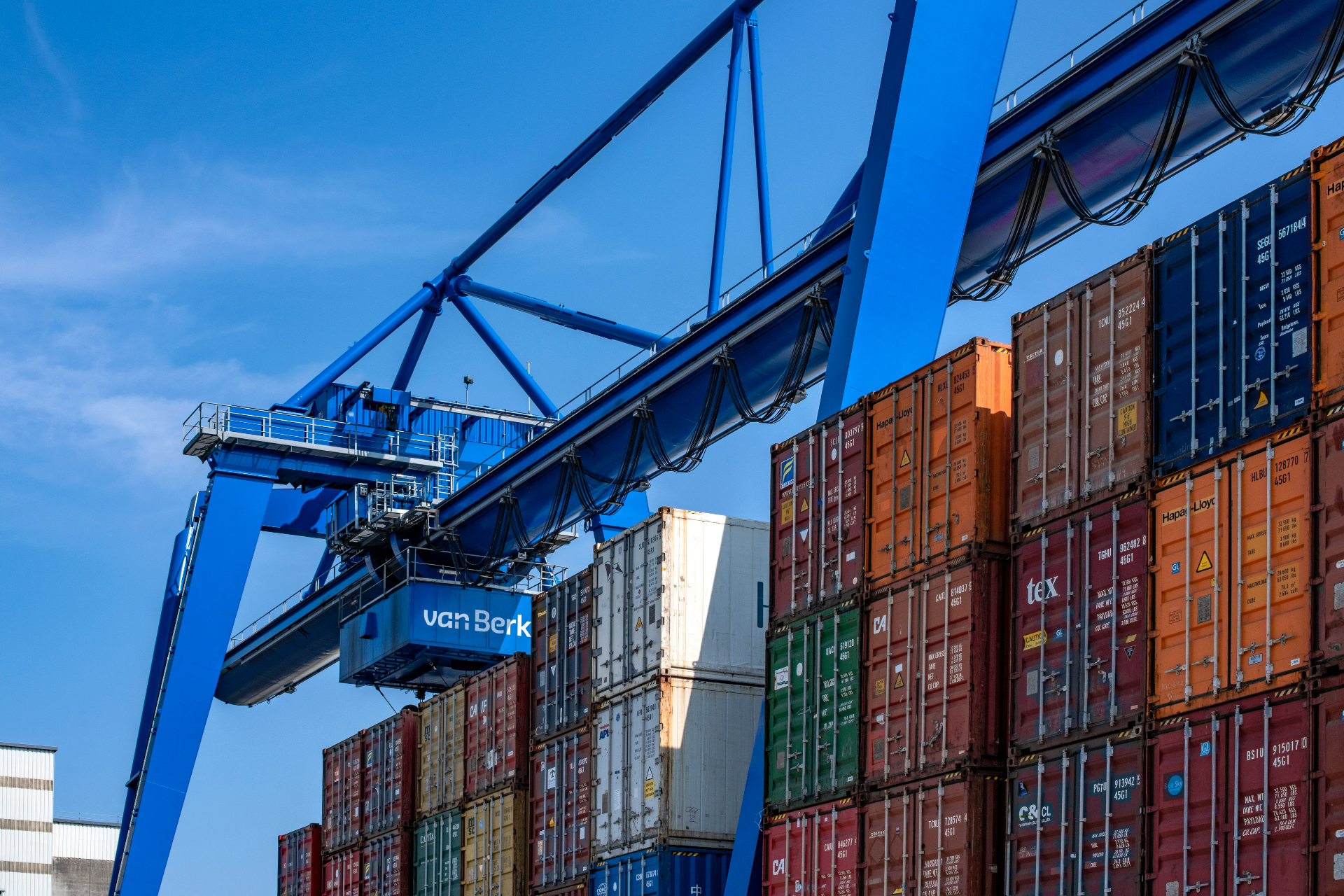Designing product packaging and labeling for international markets requires compliance with regulatory requirements while appealing to target markets. It is crucial to understand and adhere to the packaging and labeling regulations of each target market. Consider language and cultural preferences, provide comprehensive product information, include safety and warning labels, and prioritize sustainability. Testing and gathering feedback from target consumers is vital for optimizing packaging and labeling. By focusing on these factors, businesses can effectively engage consumers, ensure compliance, and thrive in international markets.
Complying with Regulatory Requirements:
Each country has its own set of regulations and requirements governing product packaging and labeling. These regulations may include guidelines on language, product information, safety warnings, ingredients, and country-specific standards. It is essential for businesses to thoroughly research and understand the regulatory landscape of each target market to ensure compliance. Working with local experts or consultants can provide valuable insights into the specific packaging and labeling requirements of each country.
Language and Cultural Considerations:
Language plays a vital role in packaging and labeling for international markets. The packaging should include clear and accurate translations of essential information such as product names, ingredients, instructions, and safety warnings. It is crucial to work with professional translators who are proficient in both the source and target languages to ensure accuracy and avoid misinterpretations. Additionally, understanding cultural nuances and preferences is essential for designing packaging that resonates with the target market. Colors, imagery, and symbols should be culturally appropriate and align with local customs and traditions.
Product Information and Transparency:
Providing comprehensive and transparent product information is key to gaining consumer trust and complying with regulatory requirements. Clearly label ingredients, allergens, nutritional information, and any relevant certifications or quality assurances. Ensure that the labeling is easy to read and understand. Transparency builds credibility and helps consumers make informed purchasing decisions.
Safety and Warning Labels:
Safety and warning labels are crucial for products that require special handling or may pose risks to consumers. These labels should comply with international safety standards and clearly communicate any potential hazards or precautions. Adhering to safety labeling regulations not only protects consumers but also demonstrates the brand's commitment to safety and compliance.
Sustainability and Eco-Friendly Packaging:
In recent years, there has been a growing emphasis on sustainability and eco-friendly packaging. Consider using environmentally friendly materials and designs that minimize waste and have a reduced environmental impact. Highlighting sustainable practices and certifications on the packaging can resonate with consumers who value eco-conscious products.
Testing and Feedback:
Before launching products in international markets, it is essential to conduct thorough testing and gather feedback from target consumers. This allows businesses to assess the effectiveness of their packaging and labeling in appealing to the target market and complying with local regulations. Feedback can help identify areas for improvement and make necessary adjustments before the product reaches the shelves.
Related Information



















































